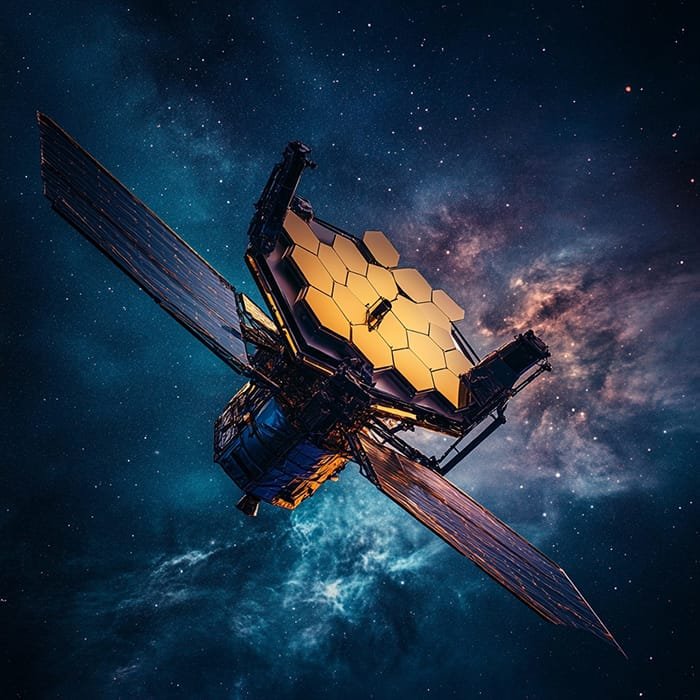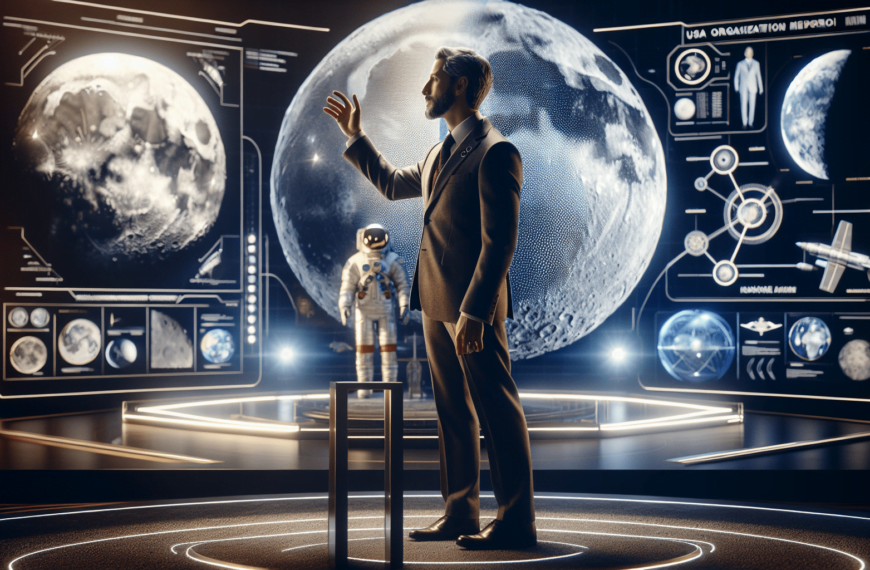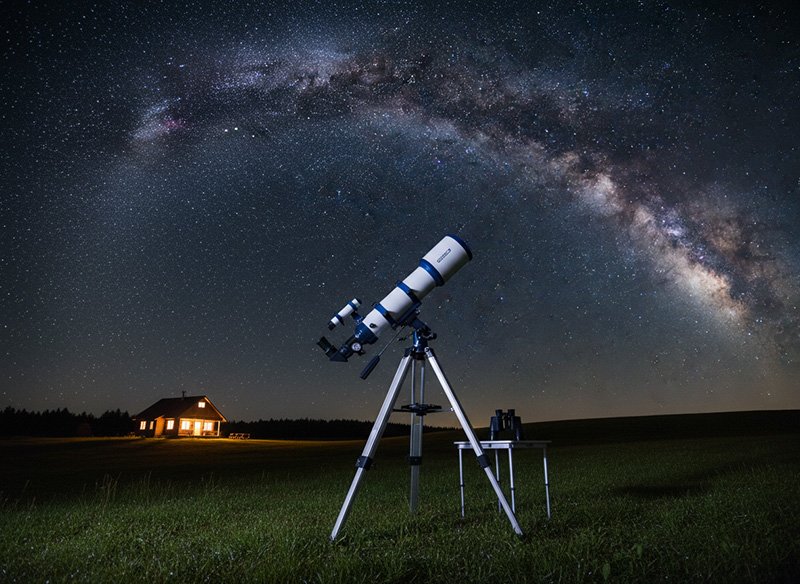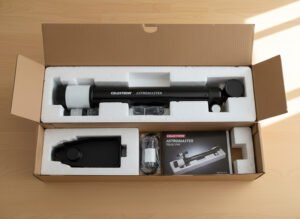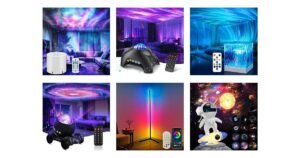JWST reveals winds in planet-forming disks, crucial for understanding planet formation and cosmic evolution. Future exploration awaits!
Key Takeaways 📝
- The James Webb Space Telescope (JWST) has revealed that intense winds in planet-forming disks may reshape the formation of planets, challenging existing theories about how solar systems develop.
- Early findings indicate that these winds could significantly influence the size and type of planets formed, providing insight into the architecture of solar systems.
- This discovery prompts a reevaluation of our understanding of planet formation, suggesting that the dynamics within disks are more complex than previously thought.
- The JWST’s advanced technology, including its Near Infrared Spectrograph and Mid-Infrared Instrument, enables unprecedented observations, paving the way for future breakthroughs in cosmic research.
- As we learn more about planetary formation, we may also gain insights into the potential for life elsewhere in the universe, bringing us closer to answering whether we are alone.
The cosmos has always been a source of endless fascination and mystery for humanity. With the advent of advanced telescopes, our understanding of the universe has expanded exponentially. The James Webb Space Telescope (JWST) is one such marvel that promises to revolutionize our comprehension of the stars and planets beyond our immediate grasp. Recently, the JWST has revealed groundbreaking evidence of winds that could potentially solve the age-old mystery of how planet-forming disks are shaped. So, what exactly does this mean, and why should we care? Let’s dive into the cosmic voyage and unravel the secrets held within these winds.

What is the James Webb Space Telescope?
The James Webb Space Telescope is NASA’s most ambitious space observatory ever launched. Often hailed as the successor to the Hubble Space Telescope, the JWST was launched with the aim of exploring the universe in unprecedented detail. But unlike its predecessor, which primarily observed in the visible spectrum, the JWST is designed to observe the cosmos in infrared. This allows it to peer through cosmic dust and see the earliest stars and galaxies that formed in the universe.
The Mission and Objectives
Who Developed the JWST?
The JWST is a collaborative project led by NASA, with significant contributions from the European Space Agency (ESA) and the Canadian Space Agency (CSA). The telescope represents a monumental effort of international cooperation, combining the best minds and resources from around the globe to push the boundaries of human knowledge.
What is Its Purpose?
The primary objectives of the JWST are to observe the formation of stars and planets, study the atmospheres of exoplanets, and capture the light from the first galaxies that formed after the Big Bang. The telescope’s ability to see in infrared makes it uniquely suited to these tasks, as it can penetrate dust clouds that obscure visible light.
The Discovery: Winds in Planet-Forming Disks
The Mystery of Planet-Forming Disks
For decades, astronomers have been puzzled by the complex shapes of planet-forming disks—those swirling masses of gas and dust surrounding young stars. These disks are the birthplaces of planets, but exactly how they morph into the solar systems we observe today has been a longstanding enigma.
The Role of Winds
According to research highlighted by the James Webb Space Telescope, powerful winds within these disks could be the key to understanding their formation. These winds are not the gentle breezes we’re familiar with on Earth. Instead, they are intense streams of gas and dust that can dramatically reshape the disks, influencing the formation of planets within them.
How the JWST Made the Discovery

Technological Marvels
The JWST is equipped with a suite of sophisticated instruments designed to capture stunningly detailed images and spectra of celestial objects. Its Near Infrared Spectrograph (NIRSpec) and Mid-Infrared Instrument (MIRI) allow scientists to analyze the composition and motion of materials within disks.
Analyzing the Winds
Using these instruments, the JWST detected signatures of movement within the disks that suggested the presence of strong winds. By observing the Doppler shifts in the light emitted by the gas, scientists could determine the speed and direction of the winds, providing crucial insights into their role in shaping the disks.
Why This Discovery Matters
Implications for Planet Formation
Understanding the role of winds in planet-forming disks could dramatically alter our theories of planet formation. By reshaping the disks, these winds could determine the types and sizes of planets that form, influencing the architecture of entire solar systems.
A Broader Cosmic Perspective
This discovery also adds to our broader understanding of the universe. By learning more about how planets form, we can better grasp the potential for life elsewhere in the cosmos. Every exoplanetary system we study brings us one step closer to answering the age-old question: Are we alone in the universe?
The Future of the James Webb Space Telescope
Continued Exploration
The JWST is set to continue its mission for many years, with a plethora of planned observations aimed at uncovering more secrets of the universe. From probing the atmospheres of distant exoplanets to capturing the light of the first stars, the telescope’s journey is only just beginning.
Potential Challenges
However, the mission is not without its challenges. The environment of space is harsh, and the JWST’s sophisticated instruments require careful maintenance and calibration. But with the continued support of the international community, the JWST is poised to overcome these hurdles and deliver on its promise of cosmic discovery.
The James Webb Space Telescope has already begun to redefine our understanding of the universe. By revealing the hidden dynamics of planet-forming disks, it has opened a new chapter in the story of cosmic evolution. As we continue to explore the vastness of space, who knows what other mysteries the JWST will uncover? One thing is for certain: the universe has never been more exciting.

FAQs
What is the James Webb Space Telescope designed to do?
The JWST is designed to observe the universe in infrared, allowing it to study the formation of stars and planets, analyze exoplanet atmospheres, and capture light from the earliest galaxies.
How does the JWST differ from the Hubble Space Telescope?
Unlike Hubble, which observes primarily in visible light, the JWST observes in infrared, enabling it to see through cosmic dust and study celestial objects in greater detail.
What did the JWST discover about planet-forming disks?
The JWST discovered that powerful winds within planet-forming disks may play a crucial role in shaping them, influencing the formation of planets.
Why are these winds important for understanding planet formation?
These winds can reshape the disks, affecting the types and sizes of planets that form, which has significant implications for the architecture of solar systems.
What are the future plans for the JWST?
The JWST will continue its mission to explore the universe, with planned observations of exoplanet atmospheres and the light from the first stars, among other objectives.

